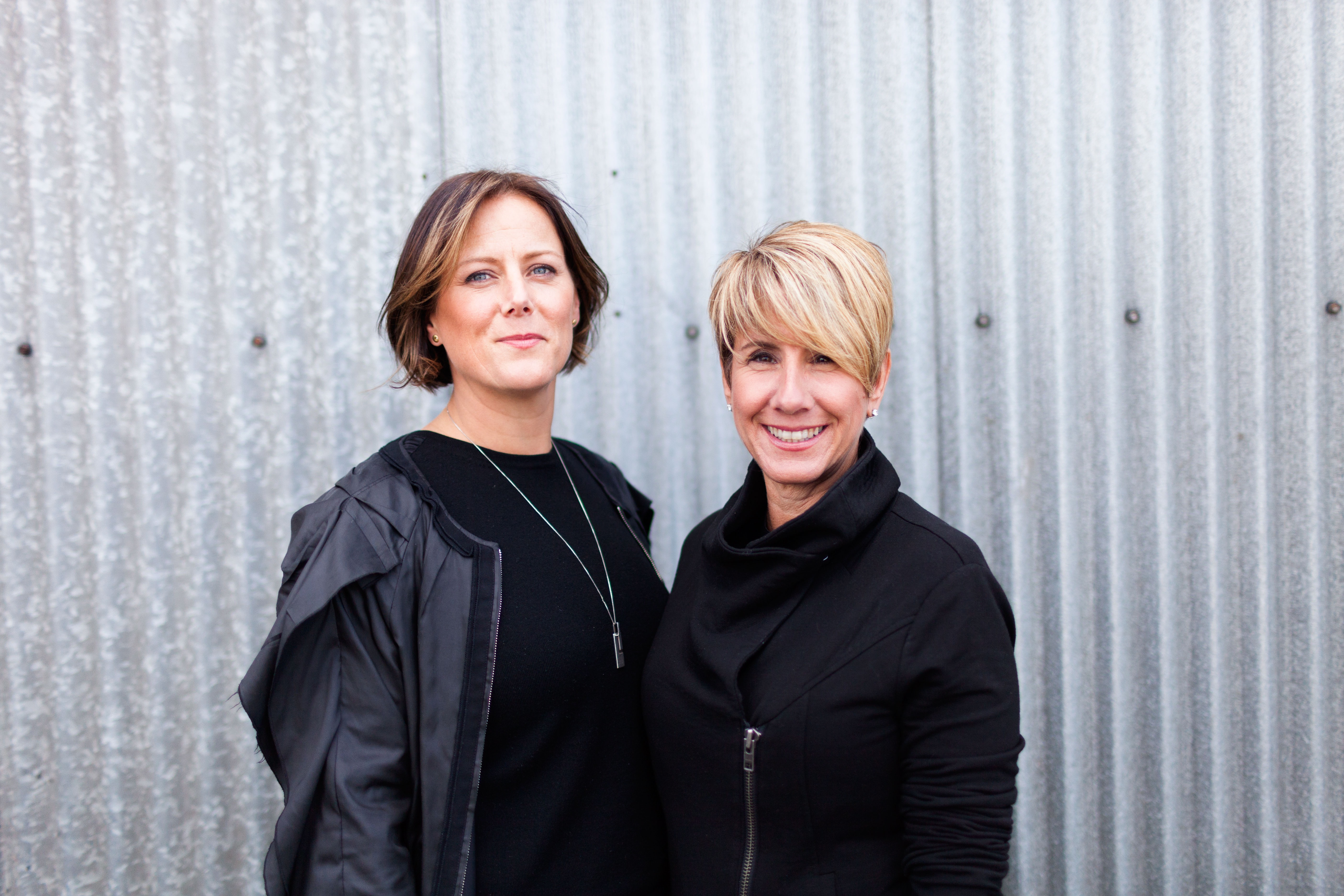Disruptive Brands Are In
We’ve talked some about disruptive brands, why challenging the status quo and presenting information in a fresh way is an important driver of successful businesses today. Millennials value disruption more than any generation before. Many brands and businesses today are thriving because they aren’t afraid to do something new and make a splash. Companies everywhere are trying to figure out how to be the next Uber, AirBnB, or Amazon of their industry – innovating faster than their competition, hiring the most creative people out there, and doing something that’s never been done before.
Innovation and creativity are becoming more and more valued by employers today. Businesses realize they need new perspectives and people who are unafraid of bringing new ideas to the table, in order to drive their business into the future.
The Challenge of Always Challenging
Although disruptive brands are at the center of much of the media around successful business today, it’s not an easy job being a truly disruptive brand or business. Challenging the status quo and succeeding at it is a challenge in and of itself.
A new, change-driving idea isn’t enough. You have to actually make that idea come to life, and that’s a huge task. There are a lot of disruptive companies with innovative ideas who simply don’t make it.
For some, it’s overwhelming and seemingly impossible to prioritize ideas – focus isn’t appropriately distributed and impact gets diluted as a result. Succeeding at being a disruptor requires intense resiliency. Timing is always a challenge, as is getting others on board. Some visionaries have trouble seeing the value of incremental change and quick wins, coupled with their larger vision and greater creative energy. Others underestimate the importance of having a strong and unified team to make their vision a reality.
In the end, successful disruption requires not only a desire to challenge the status quo, but a clear vision, comprehensive research, planning, backing, and endless perseverance.
So successfully challenging the status quo hinges on:
1. Balancing vision with the now
Implementation is hard work, even with a clear vision of what’s ahead. It’s important for disruptors to remember the value of incremental change and quick wins. In the end, it’s all about balancing long-term goals with short-term practicalities. Your larger vision should be what drives everything. But disruption doesn’t happen overnight. It takes planning and prudence to make it work. Big ideas need small ideas to back them up (and sometimes, check to see if they are even feasible). Big steps and big splashes need preparation.
2. Building a stable, resilient team
Balancing these two ways of thinking – small and big – requires a team of diverse thinkers and doers. Because disruption is all about change, building a cohesive, supportive, and aligned team is key. In fact, disruptive thinking itself often thrives in collaborative settings filled with different perspectives and ways of seeing. You need people who are willing to challenge each other – different backgrounds, different strengths, and yet a unifying charge to create and produce change.
Working as a team helps advance ideas for change. When a group feels like they have joint ownership over an idea, it’s more likely to become a reality with everyone rallied behind it. Even someone who challenges the idea can bring up important flaws and help frame the concept for people who might doubt its impact.
3. Knowing your market inside and out
One of the main challenges of behaving as a disruptive business, is the entrance of new competition. When a new idea catches on – and it often does like wildfire – you find others piggy-backing on some version of your idea. Suddenly, you don’t stand out as much. Think Uber and Lyft. Being there first can be both a benefit and a barrier, and differentiating and continuing to say something that resonates and keeps you ahead of the curve hinges on knowing your market inside and out. How can you continue to offer something different? How can you continue to challenge the status quo?
In-depth research and awareness of your audiences and potential competitors is key. Being one step ahead of the game can go a long way. And staying fully informed is key to making sure you have the right timing with the right people – a large part of the equation.
4. Fostering a culture formed on disruption
It’s important to consider how you can maintain the disruptive spirit of your business, even years down the road. Building a culture that is open to fresh perspectives, change, and embraces people who ask questions, challenge ideas, and show an innate curiosity, is key.
Disruptors are often restless. If you want to be a truly disruptive brand, you have to embrace this restlessness. Allow employees to find novel ways of creating, thinking, and learning. New information always drives new perspectives. Be transparent and create a culture of trust where people feel comfortable challenging each other and voicing their opinions in constructive, productive ways. Be open to seemingly bad ideas as well as the good ones. Work with each individual to make sure their voice is heard – helping them learn, grow, and continue to challenge even their own thinking.
Keep Disrupting…
At the end of the day, being an authentic disruptor isn’t dependent on a single idea, product, or breakthrough. True disruptors and truly disruptive companies continue to think and are, in essence, constantly and continually disrupting.
These companies build their entire culture around innovation and new thinking. They constantly work to recreate the chaotic, creative, disruptive, and innovative spirit that led them together in the first place.
Companies who continually challenge the status quo are never satisfied. These brands and businesses are open to change and thrive off of it. The status quo is always changing, and with their oath to challenge it, so are they.
Competitors might (and most likely, will) enter and adapt a version of their original idea. But the winners will always be one step ahead – never part-time, never half-in, never done. True disruption is about constantly shaking things up – challenging even the status quo you yourself have created.
Emotive Brand is a San Francisco brand strategy and design agency.
Read our recent post on Messaging for Disruptive Brands













